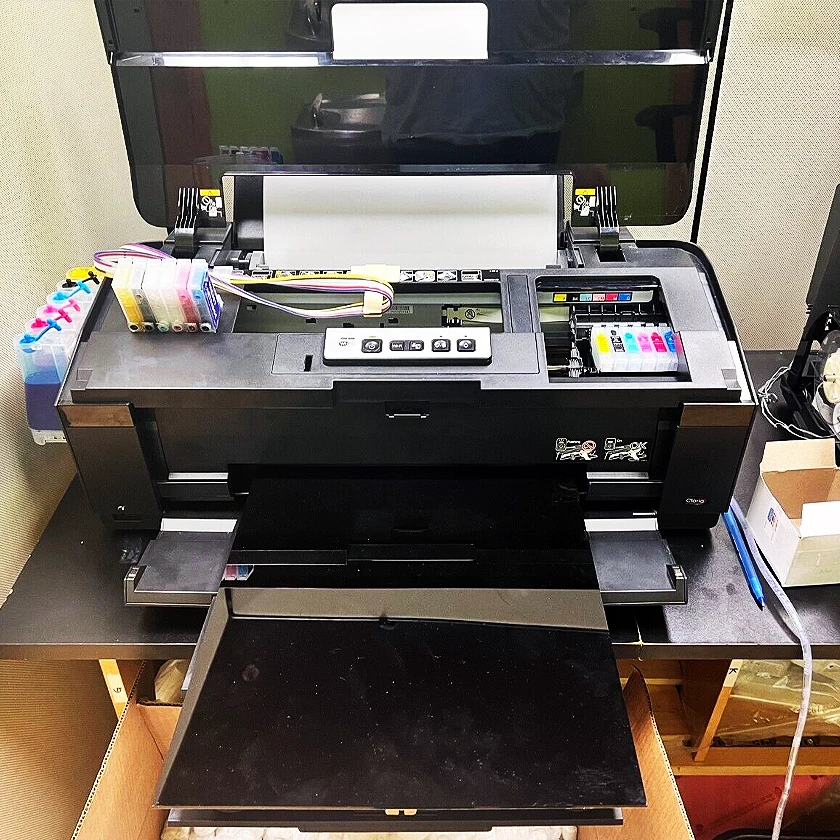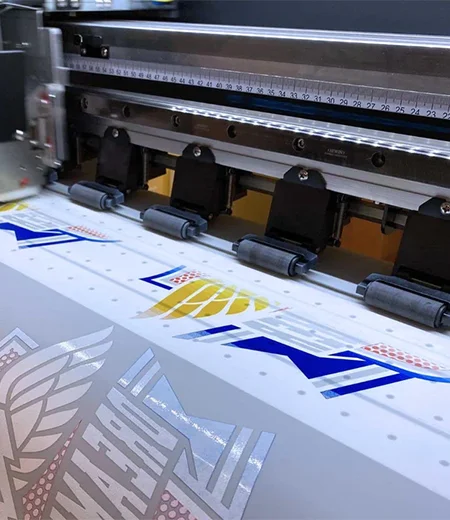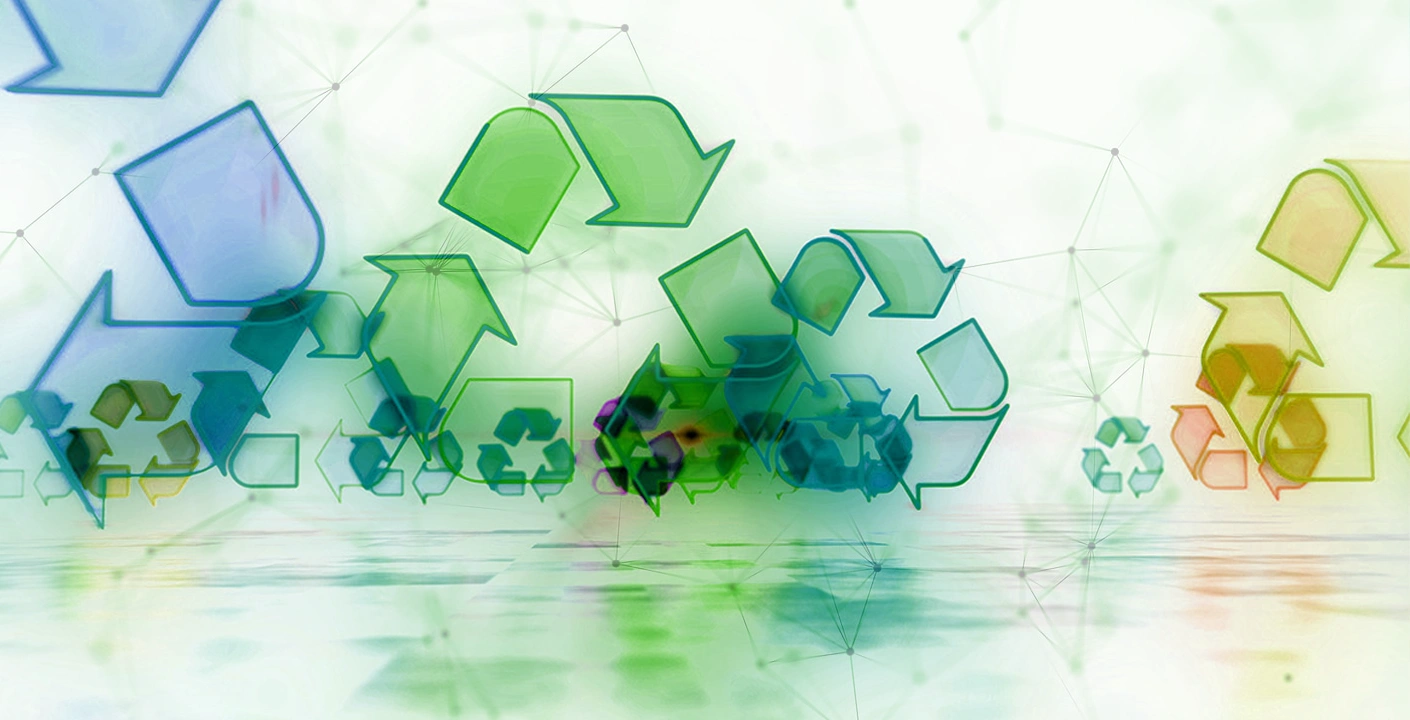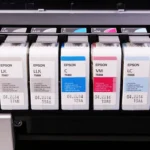In today’s digital age, electronic devices have become an integral part of our lives. From smartphones to laptops, televisions to gaming consoles, these gadgets have revolutionized the way we communicate, work, and entertain ourselves. However, the rapid advancement of technology has led to a staggering increase in electronic waste, or e-waste, posing a significant threat to the environment and human health. Recycling e-waste is not only a responsible choice but also offers numerous benefits for a sustainable future.
Section 1: The Growing Concern of E-Waste
The Alarming Statistics
The proliferation of electronic gadgets has resulted in a staggering amount of global e-waste being generated worldwide. According to the United Nations, a whopping 6.3 million tons of e-waste is generated annually in the United States alone. This number is projected to increase by three to four percent each year, highlighting the urgent need for effective e-waste management.
Environmental and Health Hazards
Improper disposal of e-waste poses significant risks to the environment and human health. Electronic devices often contain hazardous materials such as lead, mercury, cadmium, and flame retardants, which can leach into the soil and water sources when not handled properly. These toxins can contaminate ecosystems, harm wildlife, and affect human health, leading to severe health problems like birth defects, organ damage, and even cancer. The effects of e-waste on the environment and the impact of e-waste on the environment are profound and far-reaching.
Section 2: The Benefits of Recycling E-Waste
1. Conservation of Landfill Space
Throwing e-waste into landfills not only contributes to the pollution of soil and water but also occupies valuable space. By recycling old electronics, we can significantly reduce the amount of e-waste that ends up in landfills, thus conserving precious landfill space for non-recyclable waste. Through electronic waste disposal methods such as the separation and sorting of electronic components, recyclable materials can be repurposed, while non-recyclable elements can be disposed of properly, minimizing their harmful impact on the environment.
2. Preservation of Natural Resources
Electronic devices are composed of various valuable recycled materials, including metals like iron, aluminum, gold, and copper. These materials require significant energy and resources to extract and refine when obtained from mining. However, by recycling e-waste, these metals can be recovered and reused, reducing the need for new raw materials. Additionally, the manufacturing of glass, a common component in electronics, requires substantial energy consumption. By reusing glass from recycled electronics, we can conserve energy and reduce the environmental impact associated with producing new glass.
3. Creation of Employment Opportunities
Recycling e-waste not only benefits the environment but also stimulates the economy by creating job opportunities. The recycling industry requires skilled workers to sort, dismantle, and process electronic devices. By increasing education and awareness about electronics recycling, more people can participate in responsible e-waste management, leading to a surge in employment opportunities. This, in turn, fosters economic benefits, financial stability, and contributes to the overall growth of local communities and the national economy.
4. Affordability and Accessibility
Many individuals discard their electronic devices not because they are no longer functional but because they desire the latest technology. By donating or selling these used gadgets, people who cannot afford new electronics can access affordable options. Schools and charitable organizations often accept donated electronics, providing opportunities for those in need to benefit from these devices. Recycling e-waste ensures that electronics no longer become hazards in landfills and instead become valuable resources for sustainable development.
5. Data Security and Privacy
In the face of growing concerns about data breaches and privacy violations, electronic waste management is more important than ever. Simply deleting files from a device falls short of completely eradicating sensitive data. Certified e-waste recyclers give top priority to data security and adhere to rigorous protocols to ensure the thorough removal of data from recycled electronics. By entrusting your e-waste to these reputable recyclers, you safeguard your valuable information and prevent unauthorized access to your personal or business data.
6. Reduction of Carbon Footprint and Energy Conservation
Recycling e-waste is a key sustainability strategy that contributes to the reduction of greenhouse gas emissions and combats climate change. The manufacturing of new electronic products demands significant energy and resources. By recycling electronic components, we conserve energy and reduce the carbon footprint associated with the production of new devices. Furthermore, recycling e-waste saves energy compared to the mining and refining of raw materials, thereby minimizing the environmental impact even further.
7. Promotion of a Circular Economy
The implementation of a circular economy in e-waste management is essential for long-term sustainability. Recycling e-waste enables the recovery of valuable materials, which can be reintroduced into the manufacturing process. Embracing the principles of reduce, reuse, and recycle, we can prolong the lifespan of electronic devices, decrease waste generation, and enhance resource efficiency. This approach not only curtails the demand for new materials but also fosters the development of more durable and eco-friendly products.
8. Protection of the Environment and Future Generations
Recycling e-waste is a proactive step towards sustainable development, as it helps protect the environment and the health of future generations. Toxic materials in electronic devices, if not properly managed, can contaminate ecosystems, harm wildlife, and pose risks to human health. Recycling e-waste prevents these harmful substances from becoming environmental hazards and ensures their safe disposal or reuse. Taking responsibility for our e-waste, we contribute to a cleaner and healthier environment for ourselves and future generations.

9. Profit From Your e-waste
By utilizing the Staples Rewards Program, you can turn your old electronic’s into spendable coupons! To become a member of the Staples Rewards Program, you must live in the United States and also spend at least $50 on ink to be eligible for six months of rewards. Once you’ve done that, you receive $2 for every EMPTY ink cartridge you return. Along with $5 for any electronic device you recycle as well.
If you have any printers that you’ve tinkered with too much and turned into a paperweight, this is a great way to get some cash back and free some space. Staples determines how many ink cartridges you’re allowed to return each month depending on how much you’ve spent with them.
Staples Rewards Account Types:
Base – Spend $50 on ink to be eligible
Premier – Spend $1,000 store wide to be eligible
Elite – Spend $5,000 store wide to be eligible
Example: We purchased 3 genuine ink cartridges for our Pro-100 printer for a total of $54 after enrolling into the rewards program. Now we’re enrolled for the next six months. Which allows 10 empty ink cartridge and 1 electronic device credit a month. For a total of $150 (Ink: $2x10x6=$120 + Electronic Devices: $5×6=$30 = $150 Total) rewards that you can use on virtually anything in the store. Whether it’s shipping materials, flyers, supplies, and more. There are some restrictions but we have yet to see them enforced. Since we’re always printing, we saw this as an easy side-revenue income stream with little to no investment.
Scaling up to Premier allows you to return up to 20 ink cartridges for the six months you’re enrolled! For a total of $270! (Ink: $2x20x6=$240 + Electronic Devices: $5×6=$30 = $270 Total)
Elite has the same amount of ink cartridges allowed to be returned.
Staples on occasion will also run additional promotions that will give you more spendable coupons.
Section 3: The Role of Responsible E-Waste Recycling
1. Choosing Certified E-Waste Recyclers
To ensure the proper and secure recycling of your electronic devices, it is crucial to engage with certified e-waste recyclers who offer take-back programs. These recyclers comply with strict industry standards and protocols for data destruction, environmental protection, and the responsible handling of e-waste. Certifications such as R2 (Responsible Recycling) or e-Stewards are indicators of ethical and sustainable practices.
2. Promoting Awareness and Education
Increasing awareness about the importance of recycling e-waste is key to driving change and fostering collaboration and partnerships. Educating individuals, businesses, and communities about the environmental and health hazards of improper e-waste disposal can inspire responsible recycling practices. Governments, organizations, and recycling companies should work together to raise awareness through educational campaigns, workshops, and community initiatives.
3. Extended Producer Responsibility (EPR)
The concept of Extended Producer Responsibility (EPR) assigns the responsibility for the entire lifecycle of electronic products to the manufacturers. Encouraging manufacturers to design products with recyclability and durability in mind can significantly reduce e-waste. Implementing EPR policies and regulations can hold manufacturers accountable for the proper disposal and recycling of their products, thus promoting sustainable practices across the industry.
Conclusion
Recycling old electronics is not only a responsible choice but also a necessity in our digital age. By conserving landfill space, preserving natural resources, creating jobs, safeguarding data, reducing our carbon footprint, and promoting a circular economy, recycling e-waste offers numerous benefits for the environment, the economy, and our communities. It is crucial for individuals, businesses, and governments to prioritize responsible e-waste recycling and work together to build a sustainable future for generations to come. Take action today, and join the movement towards a greener, cleaner, and more sustainable world, one that fully embraces the principles of a circular economy.












